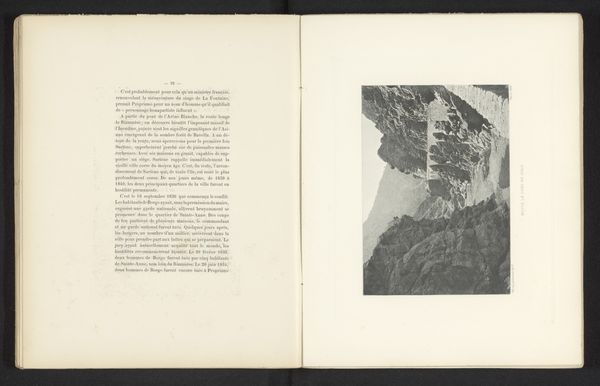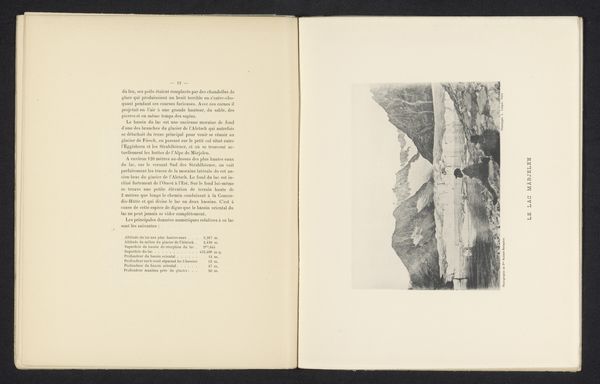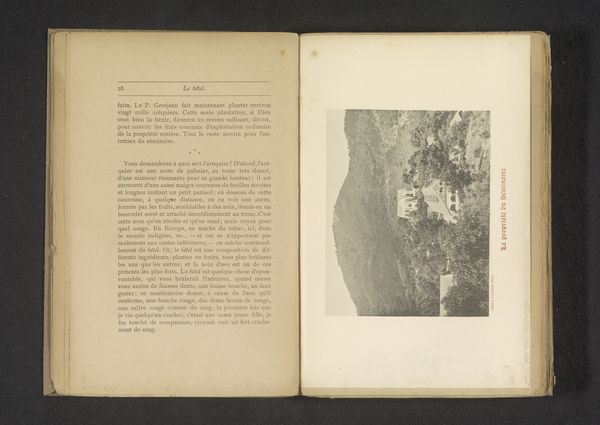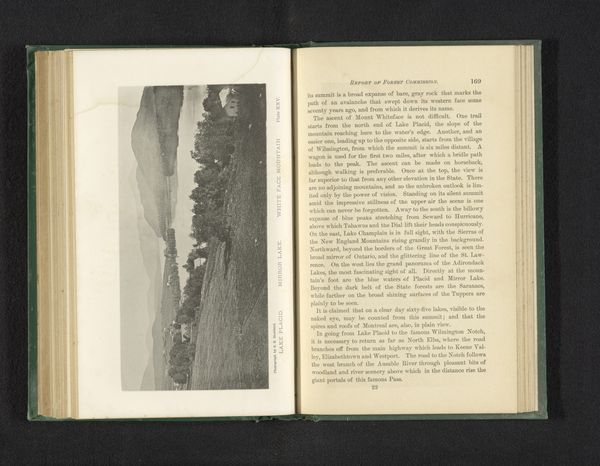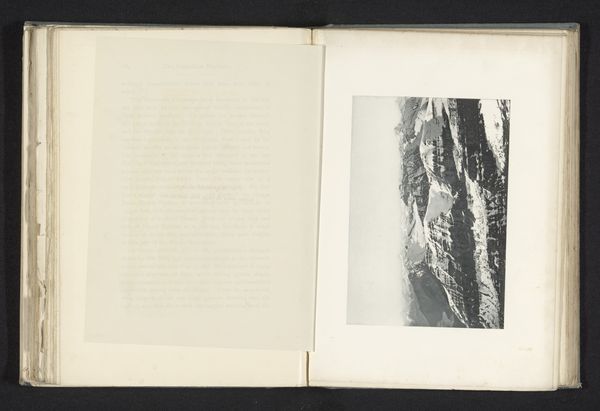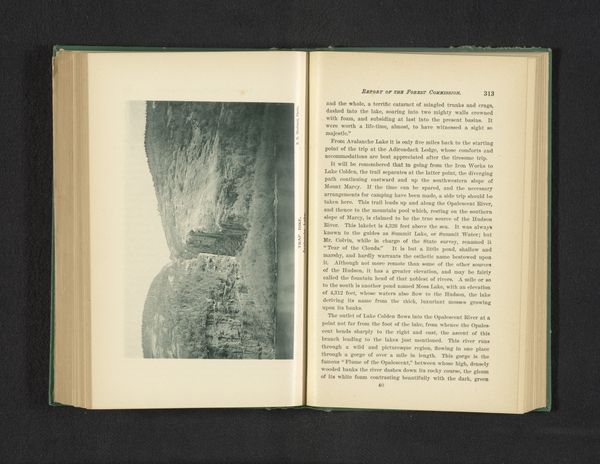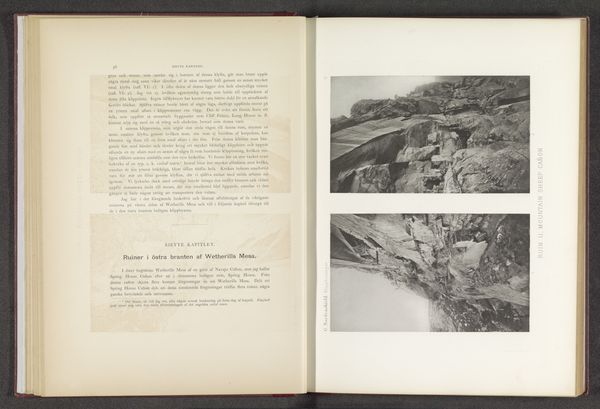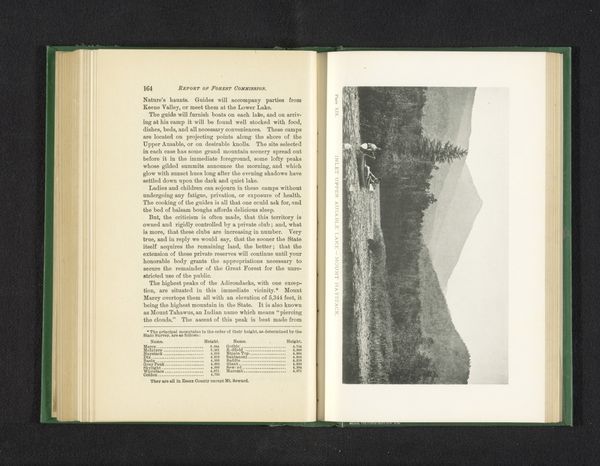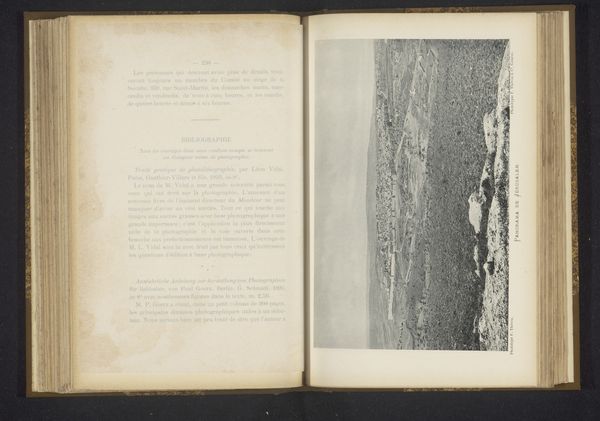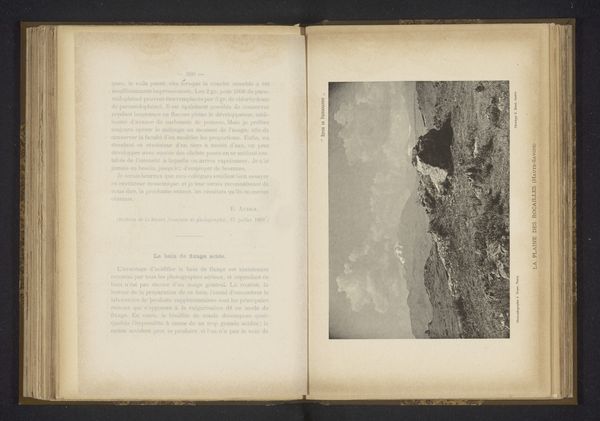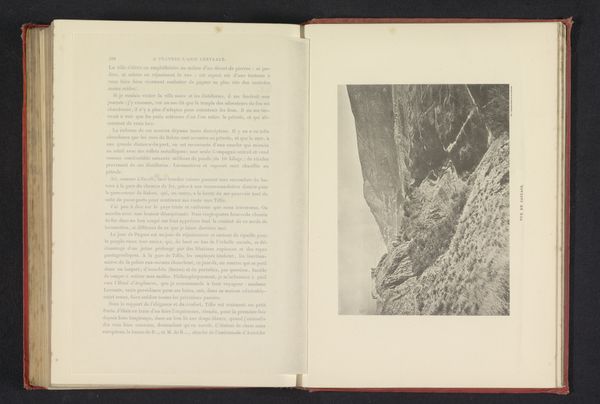
print, photography
# print
#
landscape
#
river
#
photography
Dimensions: height 117 mm, width 167 mm
Copyright: Rijks Museum: Open Domain
This photogravure of the Kloof van de rivier Golo te Corsica was made by Roland Napoleon Bonaparte around the turn of the 20th century. Bonaparte was a French aristocrat with an interest in both photography and geography and he used the former to document his explorations of the latter. This image depicts a gorge on the island of Corsica, a place whose own shifting political identity, caught between French and Italian interests, mirrors Bonaparte’s own complex cultural position. The photogravure process itself, using etched plates to create an image, speaks to the industrializing forces that allowed Bonaparte to travel so extensively. As a historian, I'm interested in how we can understand the cultural position of images such as this one. By looking into sources from the period, we can start to consider the aesthetic values that were placed on images like this. What did it mean to photograph a landscape like this, and how did that meaning shift as photography became more widespread?
Comments
No comments
Be the first to comment and join the conversation on the ultimate creative platform.
